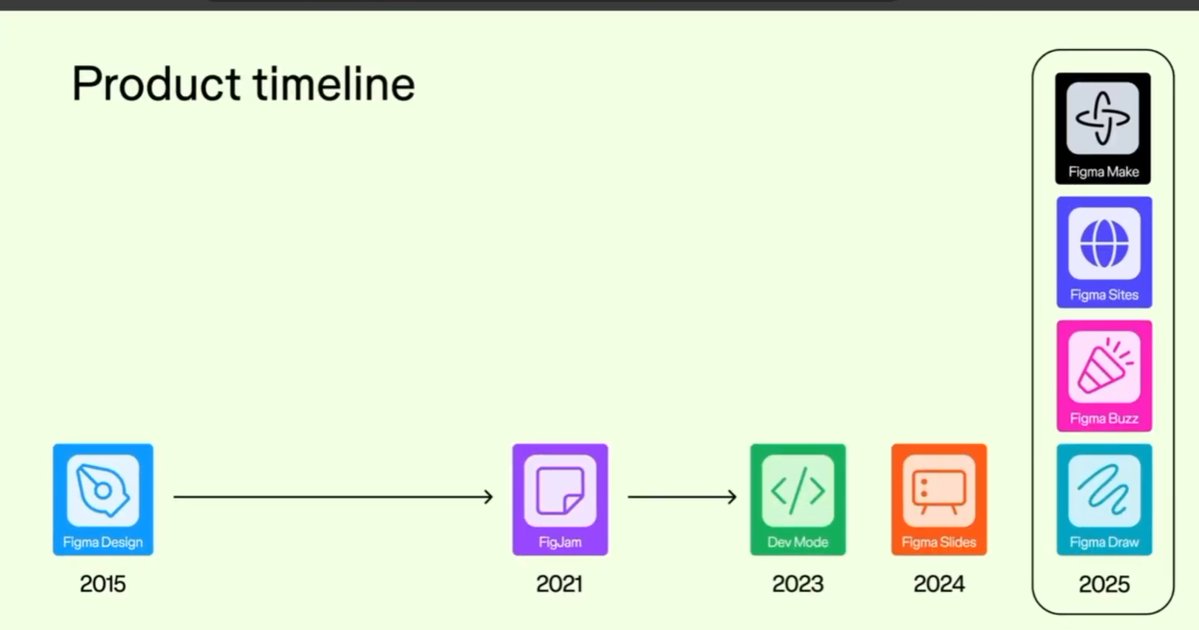
Trying to invest. Previously in institutional money mang @ $ DD billion AUM shop
How to get URL link on X (Twitter) App




 Figma's offerings have expanded from a single design tool to eight products in a few years, aiming to serve the entire product development process (so NO need for Asana, Monday, Jira/Team?/TWLO). This expansion is supported by platform, which ensures each new product is easier to incubate, test, and launch, and shares the same underlying DNA. This platform consists of five key ingredients:
Figma's offerings have expanded from a single design tool to eight products in a few years, aiming to serve the entire product development process (so NO need for Asana, Monday, Jira/Team?/TWLO). This expansion is supported by platform, which ensures each new product is easier to incubate, test, and launch, and shares the same underlying DNA. This platform consists of five key ingredients:

